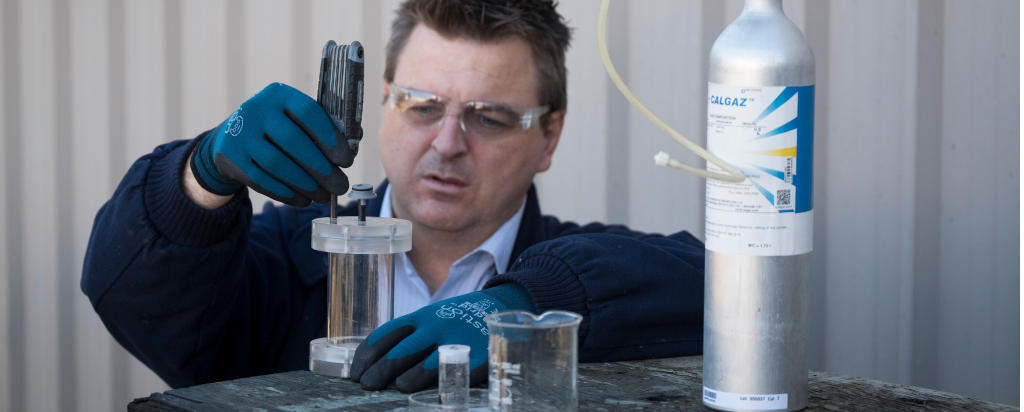
SVSR is seeking a highly motivated engineering candidate with excellent communication skills to help better understand and manage odour emission from sewer ventshafts. Ideally suited to Chemical, Civil or Environmental Engineering.
In one year alone, corrosion in sewer systems and drinking water systems across Australia is estimated to cost close to $1 billion, and one of the main culprits is hydrogen sulphide (H2S). SVSR are leading the charge on finding a solution for the the odour and costs associated with this problem.
Project background
H2S (hydrogen sulfide) and water vapour are the principal components of wastewater gas. However, H2S is only one of many odour components in typical sewer gases. Wastewater gas is responsible for odour complaints and corrosion, which cause billions of dollars of asset damage each year worldwide.
Reticulated sewer environments are very complex and variable. No consensus currently exists as to what constitutes a representative reticulated sewer environment and how variations such as liquid flow rates, pipe diameter, pipe gradient and other variables effect H2S gas flow rates.
This project will establish the standard conditions which may be found in reticulated sewer environments and how such on-site variables effect H2S and other gas flow rates. This is an important focus for SVSR, as we seek to understand current efficacy for gas-phase (i.e. “odour”) sulfide control; and future environmental sustainability. Initial experiments conducted at SVSR explored a filter media which adsorbs hydrogen sulphide (H2S). On-site trials are necessary, but the site environment is difficult to characterise.
This project will provide evidence to inform SVSR on strategic actions and future research.
Research opportunities
The key research questions of this research project are:
- Are there conditions which constitute a representative environment for reticulated sewer networks and how do variations change gas flow rates?
- Is there a site with predictable representative conditions, suitable for field trials?
- Are there alternative approaches to passive ventilation for reducing H2S in reticulated sewer networks, while still maintaining adequate gas flow rates from sewer to atmosphere?
- Since H2S tends to be created in sewers in anaerobic conditions, particularly at night when sewer liquid flows are reduced, the H2S levels may be reduced by increasing airflow in the system. How to achieve this in practice with the site conditions, e.g. electric fans can ignite the explosive gases.
Skills and qualifications
Essential:
Undergraduate degree (or equivalent) in either:
- Science with a major in Physics, Chemistry, Microbiology, Mathematics or similar
- Engineering with a focus on Chemical, Civil and/or Environmental Engineering
Current NSW Driver's Licence
Desirable:
Previous experience and/or knowledge of Computational Fluid Dynamics (CFD), gas-phase thermodynamics, membranes and materials science, water and wastewater treatment, sustainability and Life Cycle Assessments (LCAs), statistics and modelling.
Expected outcomes
- A literature review on the state of knowledge of ventilation in reticulated sewer networks
- Support the analysis of emerging data on variations in such networks and their impact on gas flow rates
- Development of a report and journal paper
- Support the development of an options paper for future research & development.